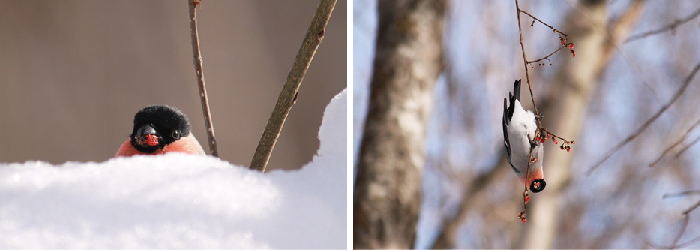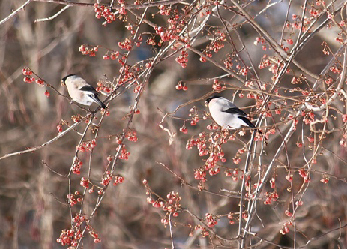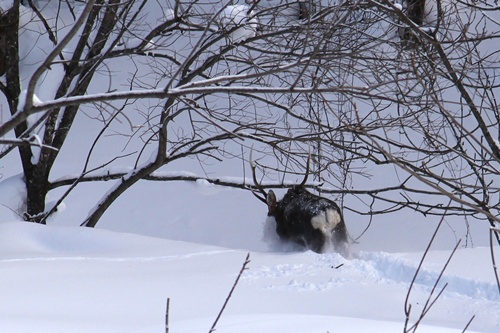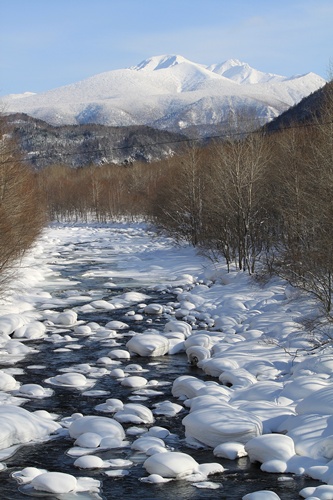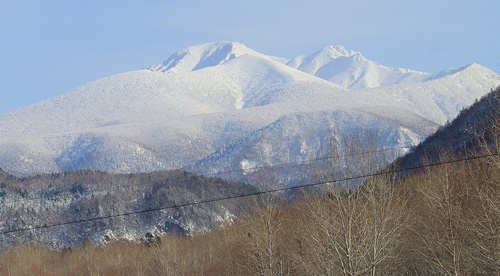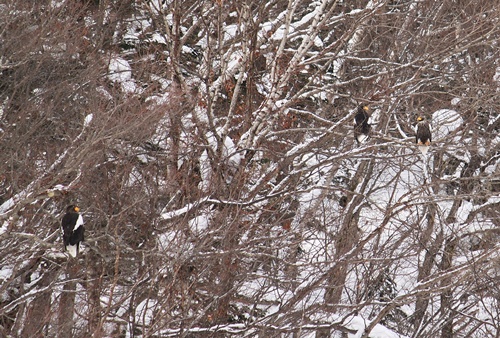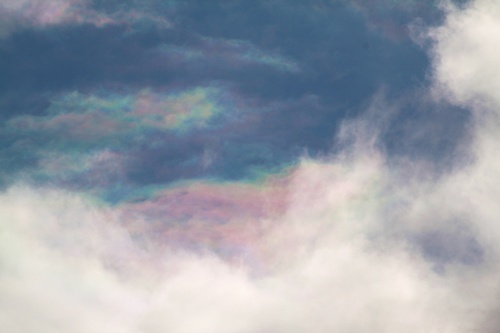The Pyrrhula pyrrhula has lovely pink coloring on its throat and cheeks.
Today I saw some for the first time in quite a while.
They have a distinctive song that sounds like a mournful “fi-yo, fi-yo.”
Breeding pairs are known for always sticking close together.
The bird with the pink throat is the male. As always, this pair seemed to be enjoying feeding together.
In Japanese, the Pyrrhula pyrrhula has the rather strange name of uso. It is said this name comes from a Kyushu dialect in which the verb “to whistle” is “usobuku.” It seems the bird’s song sounded to those who named it like a person whistling.
Photos: Pyrrhula pyrrhula at Sounkyo (in the photo on the right, the bird on the left is the female) Feb. 12
Today I saw some for the first time in quite a while.
They have a distinctive song that sounds like a mournful “fi-yo, fi-yo.”
Breeding pairs are known for always sticking close together.
The bird with the pink throat is the male. As always, this pair seemed to be enjoying feeding together.
In Japanese, the Pyrrhula pyrrhula has the rather strange name of uso. It is said this name comes from a Kyushu dialect in which the verb “to whistle” is “usobuku.” It seems the bird’s song sounded to those who named it like a person whistling.
Photos: Pyrrhula pyrrhula at Sounkyo (in the photo on the right, the bird on the left is the female) Feb. 12
